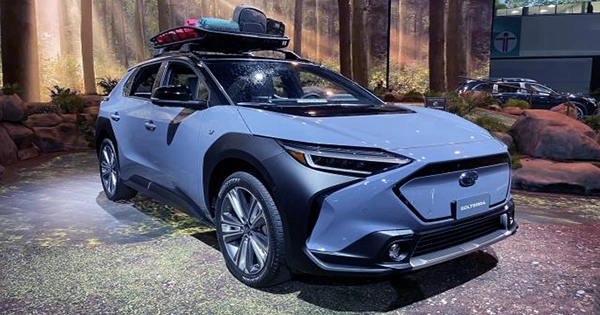The Station is a weekly newsletter that covers everything related to transportation. Sign up here – simply click The Station — to get it sent to your email every weekend. (Due to a technical issue, the weekly newsletter was not distributed to subscribers on Sunday, so this is being posted today.) We apologize for the oversight.) Good day, readers: Welcome to The Station, your one-stop shop for all modes of transporting people and things from point A to point B, past, present, and future.
Tier’s acquisition of Spin, the future of micromobility, how to own shifting company orientations, the challenges of sidewalk robot delivery, and the agility of startups were all discussed. As Gogoro prepares to go public via SPAC with Poema Global this quarter, the firm filed a prospectus with the Securities and Exchange Commission, from which we may gather several fascinating facts about the company. The shareholder meeting to ratify the merger, for example, is set for March 31, 2022, at 9:30 a.m. ET.
Tier Mobility, the Berlin-based micromobility company that has been rapidly encroaching on Europe, is expanding into North America with the acquisition of Spin from Ford. Tier will buy all 50,000 Spin e-scooters and e-bikes, raising the German firm’s total fleet to 300,000. The specifics of the agreement were not disclosed, although Tier raised $200 million in October, with the majority of the funds going toward strategic investments and acquisitions, according to the firm. According to Spin CEO Ben Bear, Ford, which bought Spin for $100 million in 2018, would maintain a strategic stake in the company.
Tier’s debut into the Italian market was marked by its purchase of e-scooter business Wind Mobility’s Italian affiliate, as well as its purchase of bike-share startup Nextbike, heralding Tier’s foray into the multi-modal area. Tier will have a worldwide presence of more than 520 towns and communities in 21 countries as a result of the Spin acquisition, making it the world’s largest shared operator. Bird and Lime, two competitors, claim to have a worldwide presence of 350 and 200 cities, respectively, while using differing measurements on their scorecards.
















